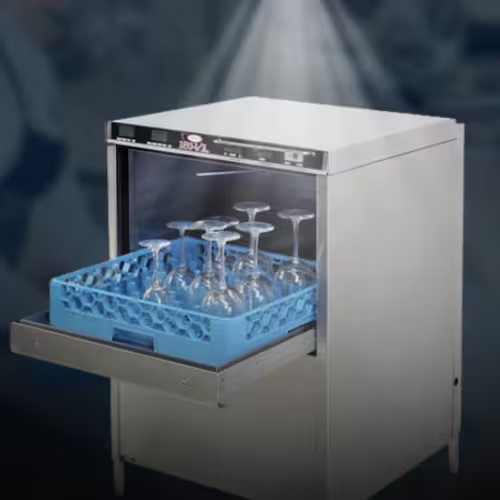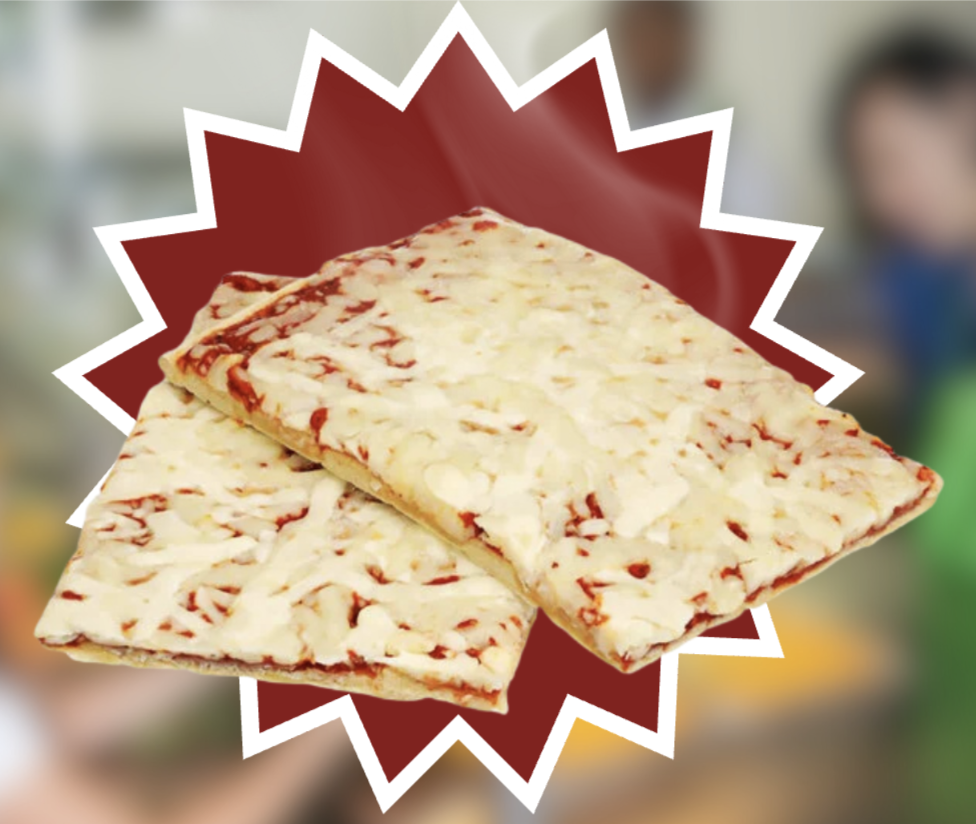
Summary
Authentic Flavor, High Heat, and Exceptional Efficiency
Summary
Discover how a commercial tandoori oven can elevate your kitchen’s menu and efficiency. Learn what it is, how it works, why it’s different from standard ovens, and what to consider before buying. Whether you run a restaurant, cafeteria, or federal facility, a tandoori oven can bring bold flavor and speed to your cooking line.
What Is a Tandoori Oven?
A tandoori oven is a cylindrical, high-heat clay or stainless steel oven traditionally used in Indian and Middle Eastern cooking. It reaches temperatures of up to 900°F, cooking meats, breads, and vegetables quickly while locking in moisture and producing the signature smoky flavor of tandoor-style dishes.
Modern commercial tandoori ovens combine this ancient cooking method with electric, gas, or charcoal heating and durable, NSF-certified construction suitable for continuous use in professional kitchens.
Why Use a Tandoori Oven Instead of a Standard Oven or Grill?
A tandoori oven offers distinct culinary and operational advantages:
• High Heat = Fast Cooking: Cuts cook times significantly while maintaining tenderness.
• Flavor & Texture: The radiant heat and natural charring create unique flavor profiles that convection ovens can’t replicate.
• Versatility: Perfect for naan, kebabs, roasted vegetables, and proteins.
• Efficiency: Retains heat for long periods, reducing fuel use over time.
• Authenticity: Recreates the experience of traditional clay cooking in a controlled, food-safe environment.
For chefs looking to differentiate their menu or improve throughput, the tandoori oven delivers both performance and authenticity.
Efficiencies Gained in the Kitchen
Beyond flavor, a tandoori oven contributes to kitchen efficiency:
• Quick Recovery Time: Maintains consistent heat even between batches.
• High Output: Handles large volumes of skewered meats or breads simultaneously.
• Energy Savings: Once heated, retains thermal energy for hours.
• Menu Expansion: Allows you to offer grilled, roasted, and baked items from one unit.
In short, a tandoori oven can help you produce more in less time — without sacrificing quality.
Where to Place a Tandoori Oven on the Line
Placement is crucial for performance and safety:
• Install under a proper hood system to manage smoke and ventilation.
• Position near prep or protein stations for efficient loading and unloading.
• Allow clearance for heat dispersion and access for cleaning and maintenance.
• Ensure flooring and surrounding surfaces are rated for high heat exposure.
If space is limited, consider a compact or electric tandoori oven model that still offers authentic results in a smaller footprint.
Cleaning and Maintenance
Modern tandoori ovens are built for durability but require proper care:
• Daily: Remove food debris and wipe exterior surfaces.
• Weekly: Clean skewers, racks, and drip trays.
• Monthly: Inspect insulation, gas lines, or electrical components.
• Clay models: Avoid using excess water; instead, brush the interior clean once cool.
Routine cleaning ensures safe operation and preserves the signature flavor of tandoor cooking.
Questions to Ask Before You Buy
Before adding a commercial tandoori oven to your kitchen, ask yourself:
1. What is your menu mix? (Tandoori meats, breads, or both?)
2. Do you prefer gas, electric, or charcoal heating?
3. What ventilation setup is available? (Some models require Type I hoods.)
4. Do you need NSF or UL certification?
5. How much space do you have for installation and clearance?
6. What is your desired capacity? (Number of skewers or bread capacity per batch.)
Final Thoughts
Adding a tandoori oven to your kitchen isn’t just about flavor — it’s about efficiency, versatility, and distinction. From fast-casual to fine dining, or institutional kitchens exploring global flavors, a well-chosen tandoori oven can transform your menu and enhance your operation’s output.
FAQs About Tandoori Ovens
Q1: What’s the ideal temperature range for a tandoori oven?
Most commercial models operate between 600°F and 900°F, depending on the product and fuel source.
Q2: Can tandoori ovens be used indoors?
Yes, provided proper ventilation and hood systems are installed to meet local codes.
Q3: What’s the difference between clay and stainless-steel models?
Clay ovens deliver traditional heat retention and smoky flavor, while stainless models are easier to clean and maintain consistency in commercial environments.
Q4: Do I need special cookware?
Tandoori skewers, bread pads (for naan), and heat-resistant gloves are standard accessories.
Q5: How long does a tandoori oven last?
With proper maintenance, a commercial tandoori oven can last 10–15 years or more.
Q6: What safety measures are needed?
Use proper ventilation, ensure staff are trained on high-temperature operation, and maintain regular inspections for gas or electrical components.











